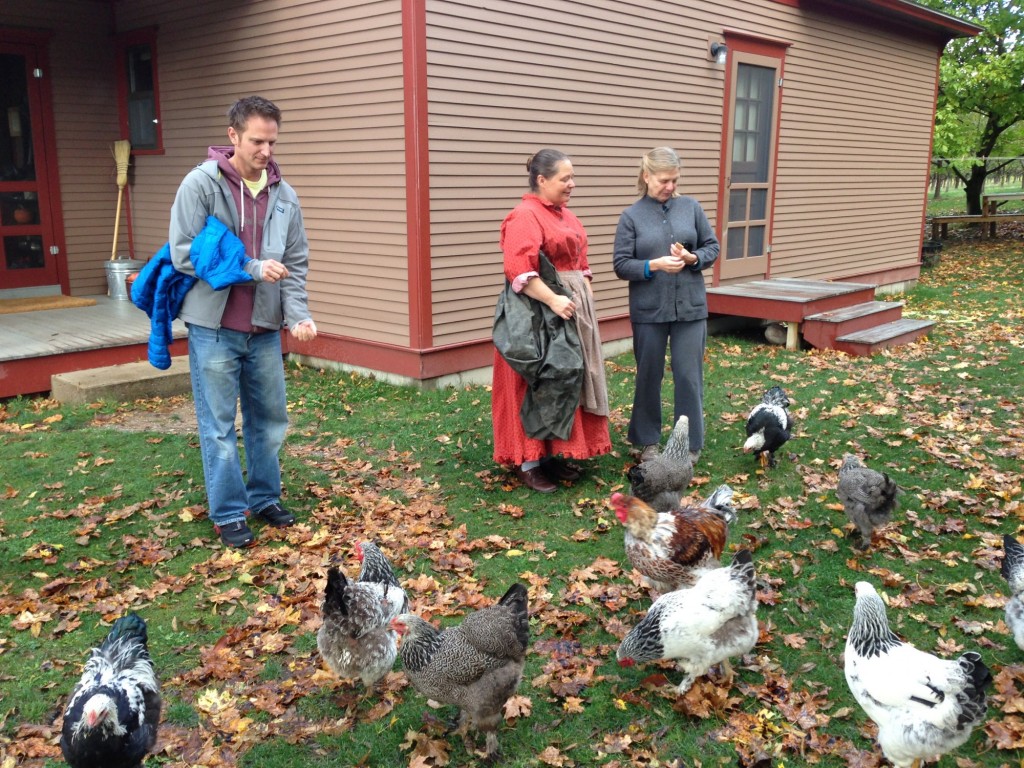Well here we sit on the longest day of the year as we prepare for our big Farmhouse Frolic tomorrow! We are all so excited, we will be waxing eggs, bubble bowling, making rhubarb sauce, playing games, watching pigs, ducks and chickens and so much more!!!!
We have had just a wonderful day preparing! Such great and wonderful friends I have here to help!
One thing we could not quite fit into the schedule was a ‘mad lib’ found in a wonderful book called “The American Girls Handy Book” which was published in 1887! It is called “Biographical Nonsense” which is basically a mad lib! I am providing it here as a download! Print it off and have a blast! Who know that there were historic mad libs. Great fun at a party!
BiographicalNonsense_AmericanGirlsHandyBook
I hope to see you all at the Farmhouse Frolic!


Hi, Susan – I am a non-traditional (older) student at the Great Lakes Culinary Institute…interested in both culinary nutrition and cooking with ingredients grown in Michigan. I was browsing the MSU “Feeding America: The Historic American Cookbook Project” website and noticed many old regional cookbooks call for lemons or other non-midwest ingredients. How commonly available were lemons and these other ingredients to cooks in the 1800’s and early 1900’s? Were these recipes for special occasions? Is there an old reference for substituting Michigan ingredients for lemons, etc? Although I am just a few miles away in Traverse City, I hope my husband will treat me to a stay at your B&B some day!
HI Carol,
Lemons were pretty darn common around these parts in the late 1800’s and forward. They were brought here by ships travelling the Great Lakes. In the Leelanau Enterprise from the 1870’s the Leland Mercantile ran an continous add throught out the fall and part of the winter that lemons, limes and oranges were available. Bottle lemon juice was also available as was oil of lemon. Citron was sometimes available and by that I mean the fresh citrus fruit that can be candied. But also Americans grew the ‘citron melon’ which is a watermelon type melon with no ‘pink’. The ‘citron melon’ was candied, using lemons, to taste like candied citron.
hope that helps!
susan